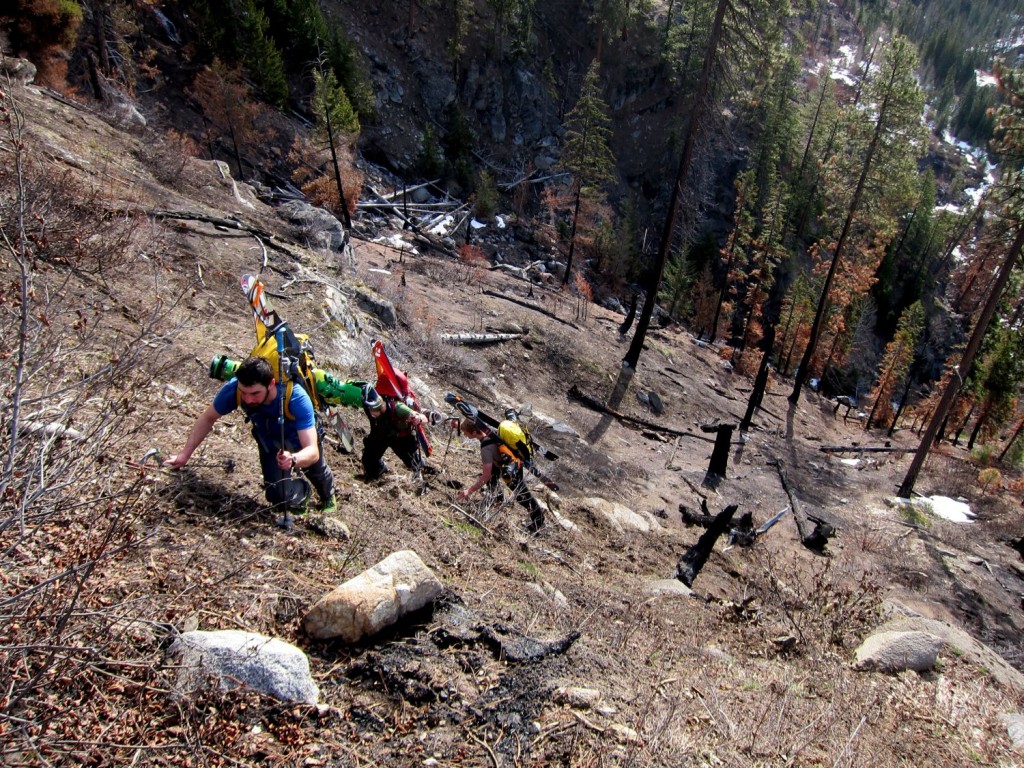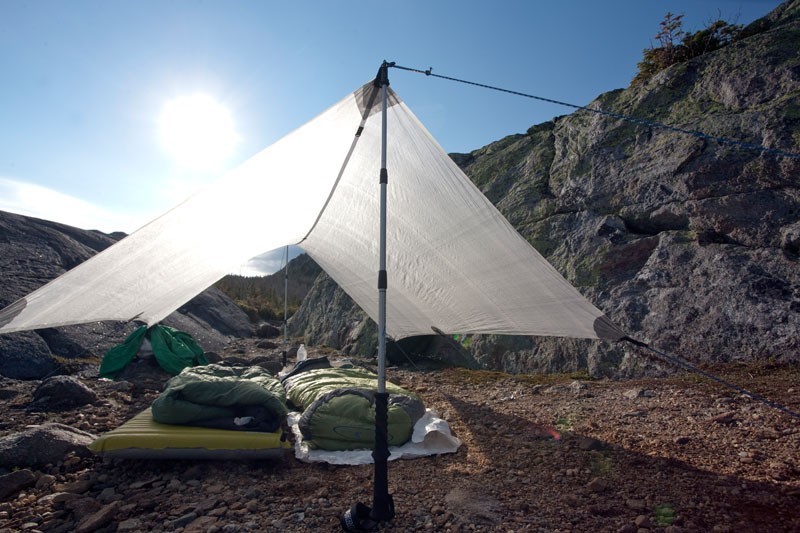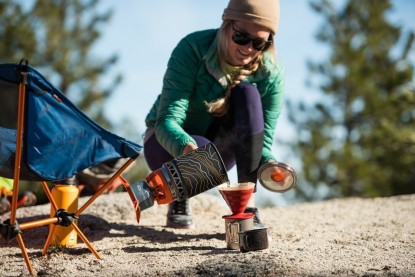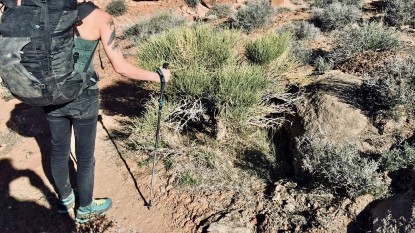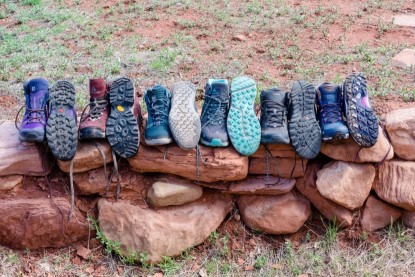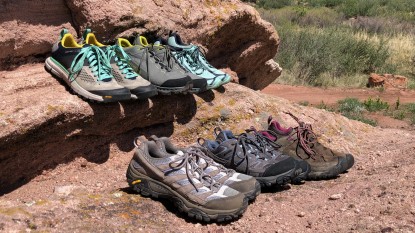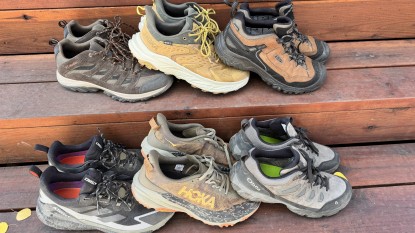Many novice and intermediate hikers and mountaineers often wonder if trekking poles are necessary. They reference black-and-white film reels of early hikers and explorers covering rough ground without poles or modern equipment and wonder why such gear is necessary. Humans have evolved to do one thing very well, and that thing is to walk across the planet Earth.
However, increases in efficiency can be gained by taking advantage of modern equipment. Consider the modern hiking boot or trail running shoe. Sure, hikers can wear anything to walk on trails, but if they are interested in walking long distances, across broken terrain, and they want to enjoy the process with a minimum of physical pain, then a hiking shoe is the logical choice.
Trekking poles are quickly becoming an accepted piece of equipment that does the same thing as a hiking boot or a trail running shoe: they increase efficiency and comfort, allowing users to cover more ground, at a higher speed, and with more physical enjoyment than previously believed possible. If you are interested in hiking with more pleasure and efficiency than before, trekking poles are for you.
Top 10 Reasons Trekking Poles Should be a Part of Your Hiking Kit
- Trekking poles incorporate your arms and shoulders into the hiking motion, allowing you to use more muscle to propel yourself uphill and to control your descent. The net result is an increase in speed, without an increase in leg soreness.
- Poles reduce the impact on your legs, knees, ankles, and feet, especially when going downhill. A 1999 study reported in The Journal of Sports Medicine described how trekking poles can reduce compressive force on knees by as much as 25 percent. By allowing the shoulder muscles to absorb some of the force that would otherwise travel through the knees, trekking poles can extend your lifespan as an active, pain-free hiker.
- Trekking poles can deflect backcountry nuisances, pushing away thorny blackberries and spider webs — which can make your travel more comfortable. They are also great for smacking recent rainfall off branches in your path, leading to dryer travel.
- Using poles can help establish a consistent rhythm, which in turn can increase your speed. This is especially true on flat terrain.
- Poles provide an extra two points of contact, which improves your traction on surfaces like mud, snow, and loose rock.
- Poles help with your balance when dealing with difficult terrain such as river crossings, root-strewn trails, and slick log bridges. Staying balanced helps you move quickly and safely.
- Poles can be used as a probe, providing more information than is available just with your eyes. Use your poles to learn about puddles, melting snow around rocks, and quicksand.
- With more dogs on the trail than ever, trekking poles can be used defensively against aggressive canines. On more than one occasion, our testers used their poles to keep malicious dogs at bay until their owners arrived.
- Trekking poles help to alleviate some of the weight you carry by distributing it across four limbs instead of two, especially while climbing or descending.
- Trekking poles have uses for more than trekking. They save the weight of having dedicated tent poles; pitching a shelter with trekking poles can save up to two pounds. Trekking poles are also much stronger and more rigid than tent poles, so they're less likely to break in high winds. This helps creates safer shelters. Poles can also double as a medical splint and can serve as ultralight packrafting paddles.
Check out our trekking poles review or read about helpful tips for selecting the best poles in our trekking pole buying advice.

